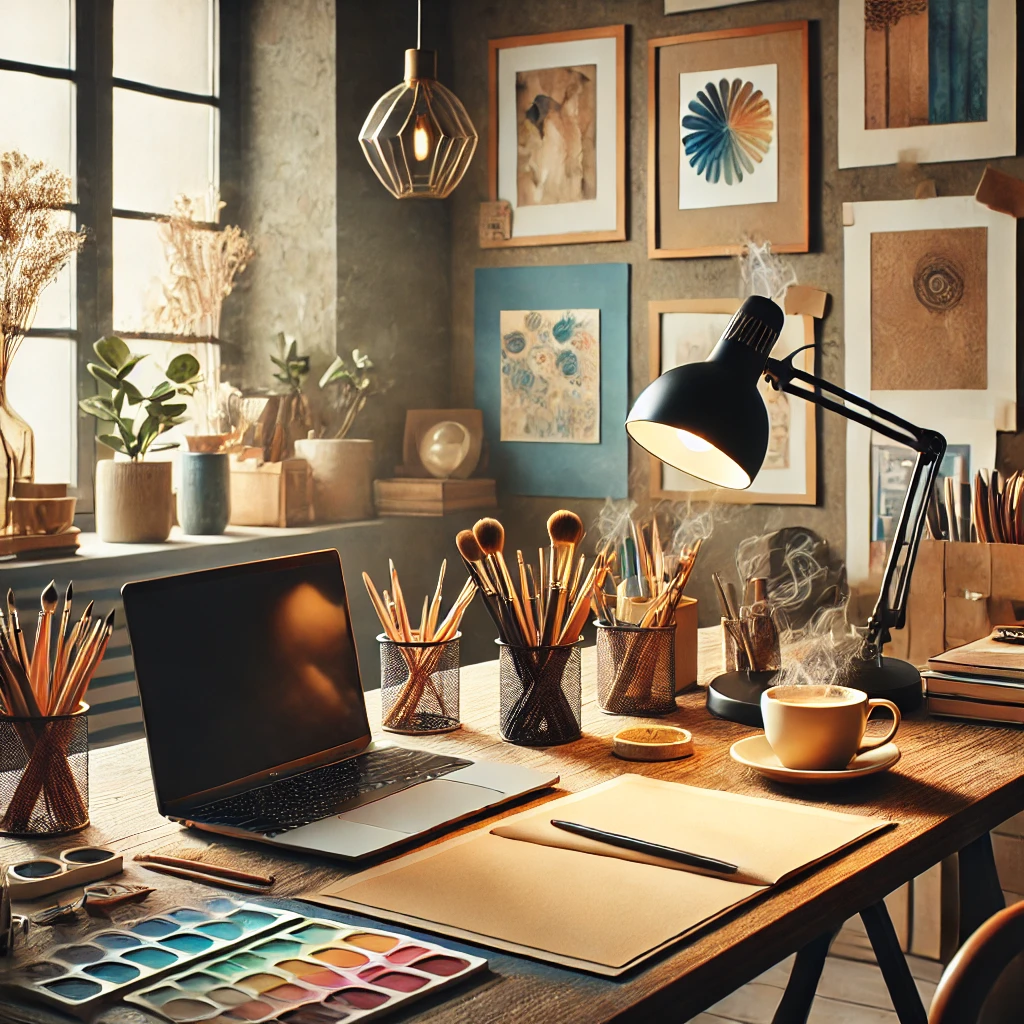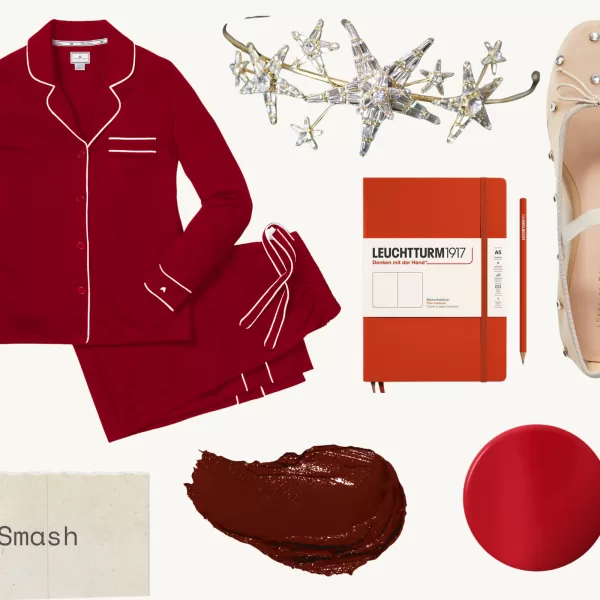Your workspace is more than just a desk it’s an environment that fuels creativity, productivity, and artistic flow. Whether you’re an artist, writer, musician, or designer, having a thoughtfully curated space can make all the difference in how you work. Here’s how to design a creative workspace that inspires you every time you sit down to create.
1. Choose a Space That Sparks Creativity
The right environment sets the tone for creative work.
- Find a space with good natural light. Sunlight boosts energy, mood, and creativity.
- Minimize distractions. A quiet, clutter free zone can enhance focus.
- Use flexible work areas. Consider a standing desk, a cozy reading nook, or a space that allows for movement.
- If space is limited, get creative. A small table, a dedicated shelf, or even a rolling cart can serve as a portable studio.
Try this: Experiment with different workspaces in your home and see where you feel most inspired.
2. Personalize With Meaningful Objects
Your workspace should reflect your artistic identity.
- Incorporate art that inspires you. Hang prints, vision boards, or personal creations.
- Surround yourself with textures and colors you love. Think cozy textiles, wood tones, or pops of color.
- Include objects with personal meaning. A vintage camera, a favorite book, or a sculptural piece can add character.
- Make space for changing inspiration. A corkboard or magnetic board allows for rotating mood boards and ideas.
Try this: Select one object that holds personal significance and place it within your workspace.
3. Organize for Both Function & Flow
A well-organized space removes barriers to creativity.
- Use open storage for frequently used materials. Jars for brushes, trays for pens, or a bookshelf for reference books.
- Label everything. Clear organization makes it easy to find what you need.
- Keep a clutter-free work surface. A clear desk can help clear your mind.
- Have a “creative mess” zone. An area where in-progress work can remain untouched without disrupting workflow.
Try this: Spend 10 minutes decluttering and rearranging your workspace for better flow.
4. Incorporate Multi-Sensory Elements
Creativity isn’t just visual it’s an experience.
- Lighting: Adjustable lighting options help create the right ambiance for different tasks.
- Sound: Play ambient music, white noise, or silence depending on what fuels your focus.
- Scent: Candles, essential oils, or fresh flowers can create an inspiring atmosphere.
- Touch: Cozy blankets, textured surfaces, or smooth writing tools enhance the tactile experience.
Try this: Light a candle or play background music that enhances your creative mood.
5. Design for Movement & Flexibility
A workspace that encourages movement keeps creativity flowing.
- Use an adjustable-height desk. Standing for part of the day can increase energy.
- Create zones for different types of work. A desk for focused work, a cozy chair for brainstorming, and a table for hands on projects.
- Incorporate space to stretch or move. A yoga mat or a small open area can encourage movement breaks.
- If you share your space, make it adaptable. Foldable desks, rolling carts, or modular furniture can help adjust your setup as needed.
Try this: Rearrange your furniture to allow for more flexibility in movement.
6. Keep Tools & Inspiration Within Reach
Having easy access to materials makes it easier to start creating.
- Keep a sketchbook or notebook open. This encourages spontaneous ideas.
- Store supplies in an intuitive way. If something is out of sight, it’s often out of mind.
- Curate an inspiration shelf. A small collection of books, objects, and photos can be a constant source of creativity.
- Use digital organization too. Keep an inspiration folder on your phone or computer for quick reference.
Try this: Place a journal or sketchbook on your desk so it’s always within reach.
7. Set Up a Ritual to Start & End Your Creative Time
Rituals help signal the start and end of creative sessions.
- Light a candle, make tea, or play a specific song to begin.
- Write down an intention before starting. A simple note like “explore freely” or “experiment without judgment” can shift your mindset.
- Have a wind-down ritual. Close your notebook, clean your workspace, or take a moment to reflect on what you created.
- End with gratitude. Appreciating the time spent creating—regardless of the outcome—keeps inspiration flowing.
Try this: Establish a simple ritual to mark the beginning and end of your creative time.
A well-designed workspace isn’t just about aesthetics it’s about creating an environment that nurtures your artistic practice. What’s one small change you can make to your workspace today? Keep exploring check out out posts: Make Your Everyday Life Feel Like a Work of Art here and How to Host Your Own ‘Cinematic Soirée’ here!
If something stirred while reading this, Creativity Unleashed is a 10-day experience designed to help you begin again with less pressure and more joy. HERE!




[…] The space around you can influence your mindset. Explore our post How to Build a Creative Workspace here. […]